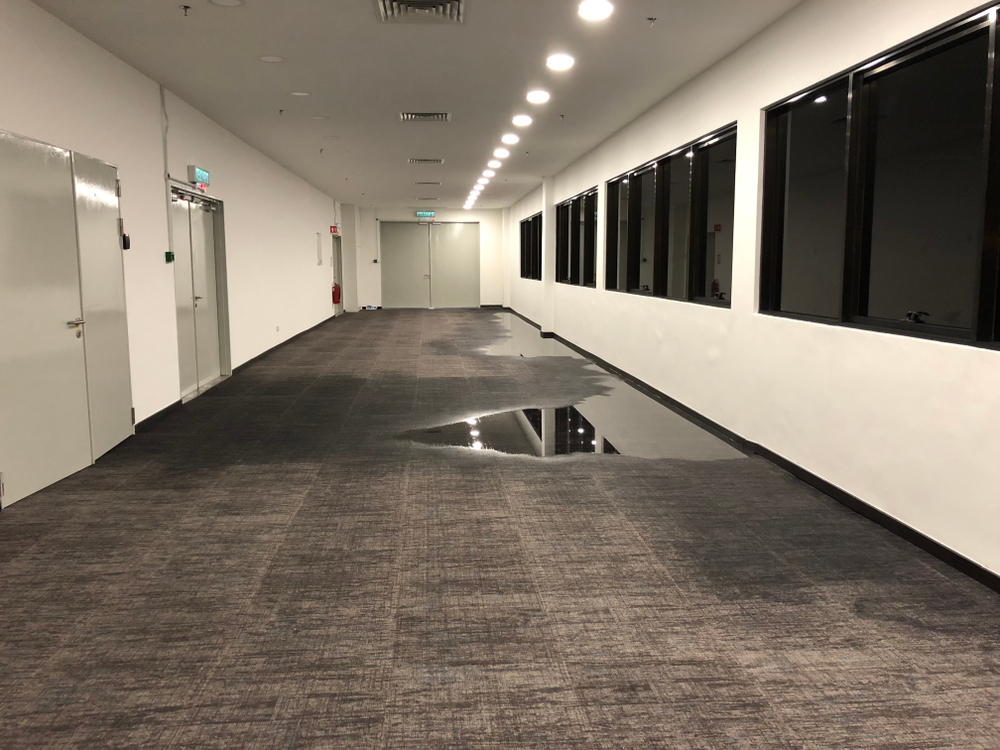
Did you know that 40% of all building-related problems are due to water intrusion?
Most structural deterioration in buildings is due to water, and water intrusion accounts for a whopping 70% of construction litigation.
Concrete is often considered impervious to the elements. However, water intrusion can pose a significant threat to the long-term integrity of concrete structures. Many water intrusion problems are attributable to human error including detailing, specifications, or installation, so it’s important as a building designer to carefully consider the right system for the conditions, compatible materials, the right prep work and surface preparation, and quality materials.
The Mechanisms of Water Intrusion
There are several ways in which water can infiltrate concrete:
- Capillary action: Water can rise through the pores of concrete, especially in older or poorly constructed structures.
- Cracks and joints: Defects in the concrete, such as cracks or improperly sealed joints, can provide entry points for water.
- Hydraulic pressure: High water pressure, such as from groundwater or heavy rainfall, can force water into concrete.
The Consequences of Water Intrusion
Water intrusion can have a devastating impact on concrete structures. Some of the most common consequences include:
- Corrosion: When water and oxygen come into contact with reinforcing steel within concrete, it can cause corrosion.
- Deterioration: The corrosion biproduct is 5 to 6 times the volume of the parent metal. As the reinforcement expands, it initially cracks then spalls the concrete cover. This coupled with the possible section loss of the reinforcement weakens the concrete structure which can lead to structural failure.
- Freeze-thaw cycles: Repeated freezing and thawing of water within concrete can cause it to deteriorate.
- Spalling: Spalling is the process of sections of concrete breaking off the structural member, thus weakening the member.
- Mold and mildew: Water intrusion can create a damp environment that if combined with oxygen and organic material such as wood or drywall creates an environment conducive to mold and mildew growth. These organisms can cause health problems and damage the building’s interior.
Preventing Water Intrusion
To protect concrete structures from water intrusion, it is essential to take preventive measures. These may include:
- Proper design and construction: Ensuring that concrete structures are designed and constructed to be water-resistant, with adequate drainage and waterproofing measures.
- Regular inspections: Conducting regular inspections to identify and address any signs of water intrusion.
- Repairing cracks and joints: Promptly repairing any cracks or joints that may allow water to enter the structure.
- Applying water repellent sealers: Applying water repellent penetrating sealers makes the concrete surface hydrophobic which water absorption into the structure.
- Improving drainage: Ensuring that the surrounding area is well-drained to prevent water from pooling around the foundation.
Investing in a Dry Future
Water intrusion engineering is an investment in the longevity and safety of your building. By proactively addressing water issues, you can save money in the long run, ensure a healthy indoor environment, and extend the lifespan of your valuable property. So, if you suspect water intrusion in your building, don’t wait – contact a qualified structural and waterproofing engineer today.
